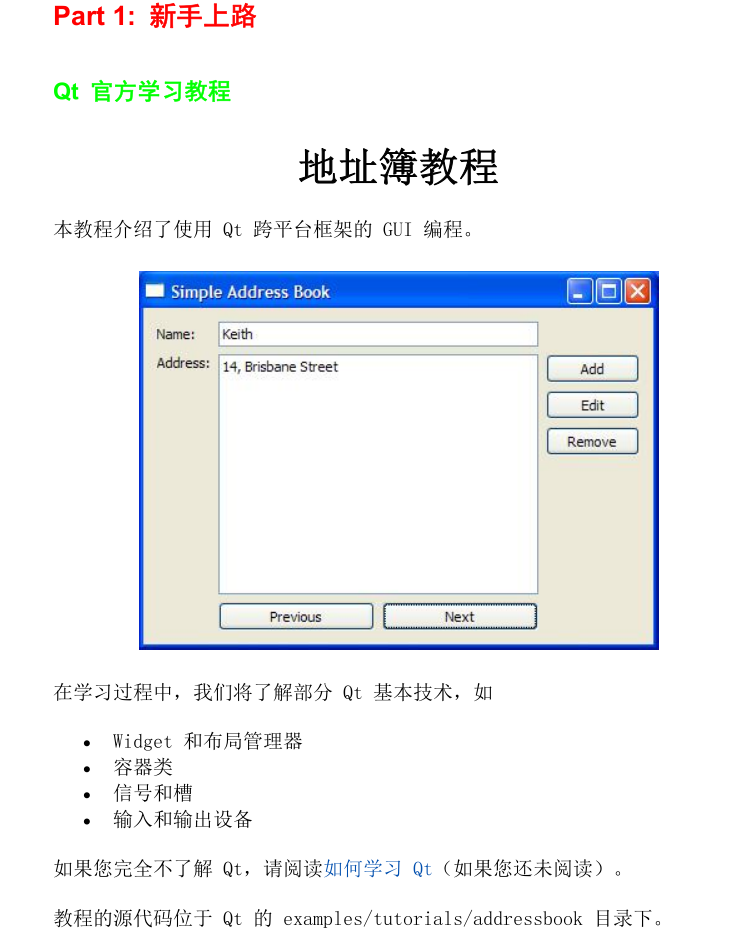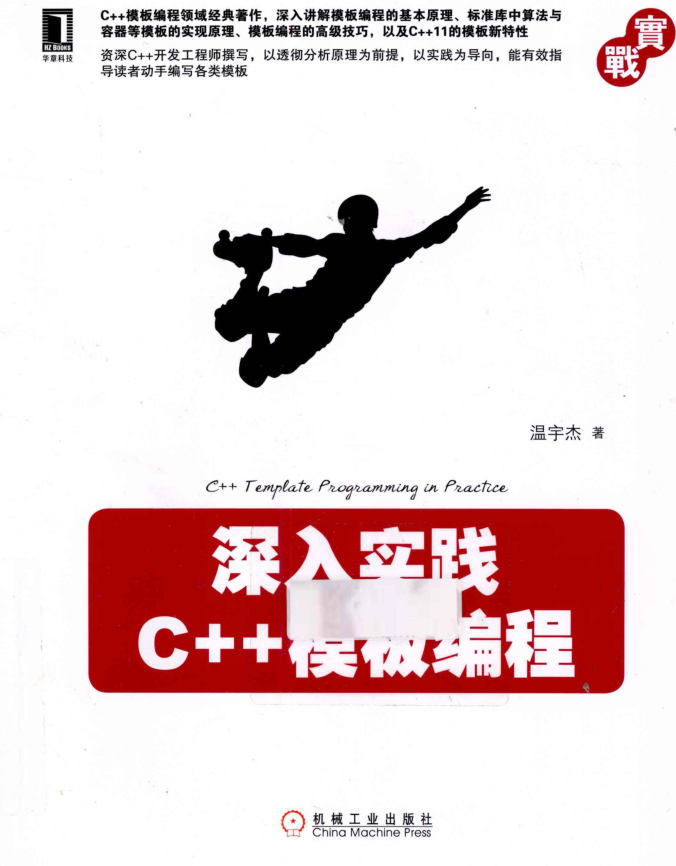
C++类型特征萃取技术的实现原理与元编程应用——从编译期反射到泛型编程进阶
作为一名在C++领域摸爬滚打多年的开发者,我至今还记得第一次接触到类型特征萃取技术时的那种震撼。那是在优化一个通用容器时,我需要根据不同类型选择不同的内存分配策略,传统的模板特化让我写了大量重复代码,直到发现了类型特征这个”神器”。
什么是类型特征萃取?
类型特征萃取(Type Traits)是C++模板元编程的核心技术之一,它允许我们在编译期获取和操作类型的各种特性。简单来说,就像给类型做”体检”,在编译时就能知道这个类型是不是指针、是不是常量、有没有拷贝构造函数等特性。
我第一次真正理解这个概念是在处理一个序列化库时。当时需要为POD(Plain Old Data)类型和复杂类型提供不同的序列化策略,手动为每个类型写特化简直是一场噩梦。
// 基础模板定义
template
struct is_pointer {
static constexpr bool value = false;
};
// 模板特化用于指针类型
template
struct is_pointer {
static constexpr bool value = true;
};
// 使用示例
static_assert(is_pointer::value, "Should be pointer");
static_assert(!is_pointer::value, "Should not be pointer");
SFINAE与enable_if的巧妙结合
在实际项目中,我经常使用SFINAE(Substitution Failure Is Not An Error)技术来实现更复杂的类型特征检查。这个技术名听起来很复杂,但原理其实很直观:当模板参数推导失败时,编译器不会报错,而是简单地忽略这个候选。
记得有一次,我需要为有`serialize`方法的类型自动生成序列化代码,而为其他类型提供默认实现:
// 检测类型是否有serialize方法
template
class has_serialize {
private:
template
static auto test(int) -> decltype(std::declval().serialize(), std::true_type{});
template
static std::false_type test(...);
public:
static constexpr bool value = decltype(test(0))::value;
};
// 根据特征选择不同实现
template
void serialize_impl(const T& obj, std::true_type) {
obj.serialize();
}
template
void serialize_impl(const T& obj, std::false_type) {
// 默认序列化实现
}
template
void serialize(const T& obj) {
serialize_impl(obj, std::integral_constant::value>{});
}
标准库类型特征的实际应用
C++11之后,标准库提供了丰富的类型特征工具,我在项目中最常用的是`std::enable_if`和`std::is_same`。这里分享一个我在实现线程安全队列时的实际案例:
template
class ThreadSafeQueue {
public:
// 只允许可移动类型
template
void push(typename std::enable_if::value, U>::type&& item) {
std::lock_guard lock(mutex_);
queue_.push(std::move(item));
}
// 对于拷贝构造类型提供额外重载
template
typename std::enable_if::value>::type
push(const U& item) {
std::lock_guard lock(mutex_);
queue_.push(item);
}
private:
std::queue queue_;
std::mutex mutex_;
};
自定义类型特征的实战经验
在实际开发中,我们经常需要定义自己的类型特征。我曾经为一个数学库实现向量运算,需要检测类型是否支持基本的算术操作:
// 检测类型是否支持加法
template
struct is_addable {
private:
template
static auto test(int) -> decltype(std::declval() + std::declval(), std::true_type{});
template
static std::false_type test(...);
public:
static constexpr bool value = decltype(test(0))::value;
};
// 使用concept-like的约束(C++17)
template
auto vector_add(const T& a, const T& b) ->
std::enable_if_t::value, T> {
return a + b;
}
这里有个坑需要注意:decltype中的表达式必须是有效的,但不会真正执行。我当初就犯过错误,在decltype中写了有副作用的表达式,导致编译错误。
性能优化中的类型特征应用
类型特征在性能优化中特别有用。在我优化一个图像处理库时,通过类型特征为不同的像素类型选择最优的算法:
template
void process_image(const Image& image) {
if constexpr (std::is_integral::value) {
// 使用整数优化算法
process_integer_pixels(image);
} else if constexpr (std::is_floating_point::value) {
// 使用浮点数算法
process_float_pixels(image);
} else {
// 通用算法
process_generic_pixels(image);
}
}
使用`if constexpr`(C++17)可以确保只有符合条件的代码分支会被编译,避免了运行时的性能开销。
类型特征在元编程中的高级技巧
随着项目复杂度的增加,我逐渐掌握了更高级的类型特征组合技巧。比如实现一个类型转换特征,将任意类型转换为对应的无符号类型:
template
struct make_unsigned {
using type = std::make_unsigned_t;
};
// 特化处理枚举类型
template
struct make_unsigned {
using type = std::underlying_type_t;
static_assert(std::is_enum::value, "T must be enum type");
};
template
using make_unsigned_t = typename make_unsigned::type;
避坑指南与最佳实践
在多年的类型特征使用中,我积累了一些宝贵的经验教训:
1. 注意编译期与运行时的区别:类型特征是在编译期计算的,不要试图在其中执行运行时逻辑。
2. 小心SFINAE的复杂性:复杂的SFINAE表达式很难调试,建议拆分成多个简单的特征。
3. 利用现代C++特性:C++20的concepts可以替代很多复杂的SFINAE用法,代码更清晰。
4. 测试覆盖很重要:为自定义类型特征编写全面的测试,确保在各种边界情况下都能正确工作。
// 良好的测试实践
static_assert(is_addable::value, "int should be addable");
static_assert(!is_addable::value, "mutex should not be addable");
static_assert(is_addable::value, "string should be addable");
类型特征萃取技术是C++模板元编程的基石,掌握它不仅能写出更通用、更安全的代码,还能在编译期完成很多传统上需要在运行时完成的工作。虽然学习曲线较陡,但一旦掌握,你会发现它在提升代码质量和性能方面的巨大价值。
从我个人的经验来看,最好的学习方式就是在实际项目中应用这些技术。开始时可能会遇到各种编译错误,但每次解决问题的过程都会让你对C++的类型系统有更深的理解。记住,优秀的C++程序员不仅是代码的写作者,更是类型的舞蹈家——在编译期的类型世界中优雅地起舞。
2. 分享目的仅供大家学习和交流,您必须在下载后24小时内删除!
3. 不得使用于非法商业用途,不得违反国家法律。否则后果自负!
4. 本站提供的源码、模板、插件等等其他资源,都不包含技术服务请大家谅解!
5. 如有链接无法下载、失效或广告,请联系管理员处理!
6. 本站资源售价只是赞助,收取费用仅维持本站的日常运营所需!
源码库 » C++类型特征萃取技术的实现原理与元编程应用





